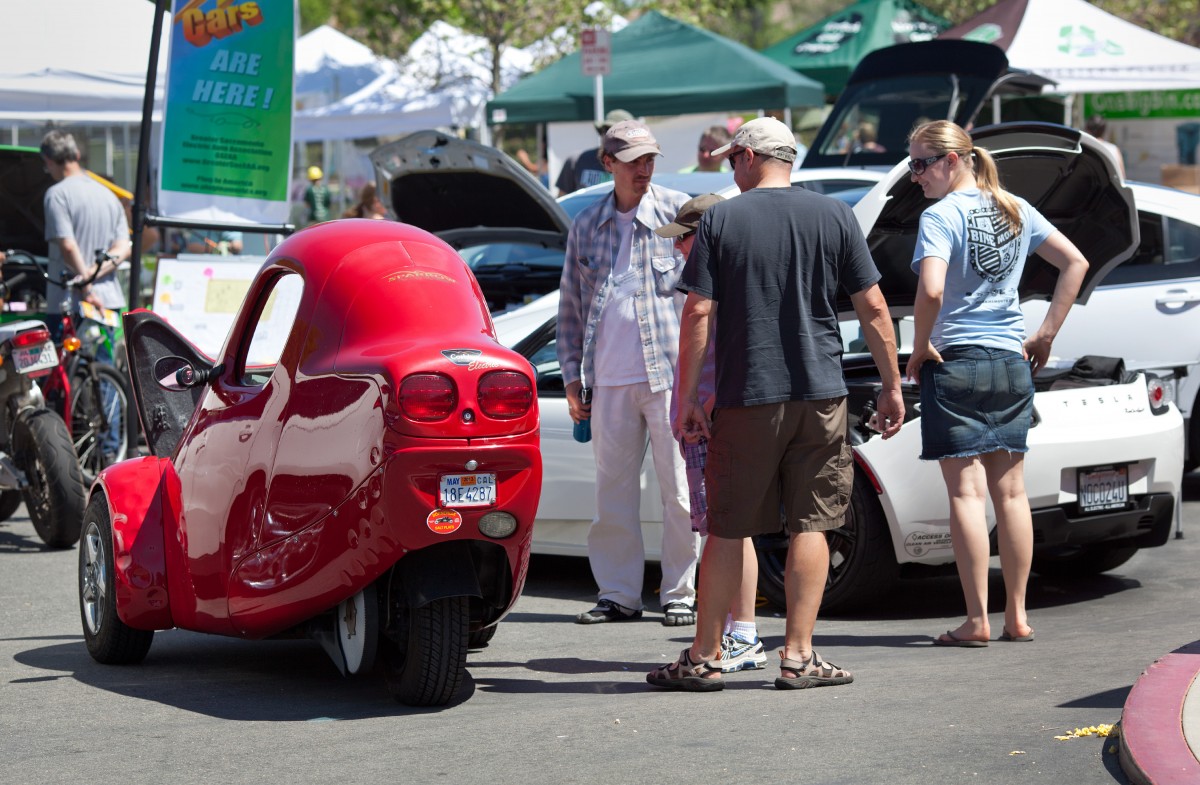If you’ve ever been stuck behind a Prius with a “Save the Planet” bumper sticker while your gas guzzler wheezes through L.A. traffic, you know the EV revolution isn’t just coming—it’s already double-parked in your lane. But California’s ambitious 2035 gas car ban is facing some serious pushback, and it’s not alone. From coast to coast, states that once pledged allegiance to zero-emission futures are now rethinking their mandates. Whether it’s political whiplash, EV sticker shock, or just plain range anxiety, here are 13 states where the gas car ban might be running out of juice.
1. California
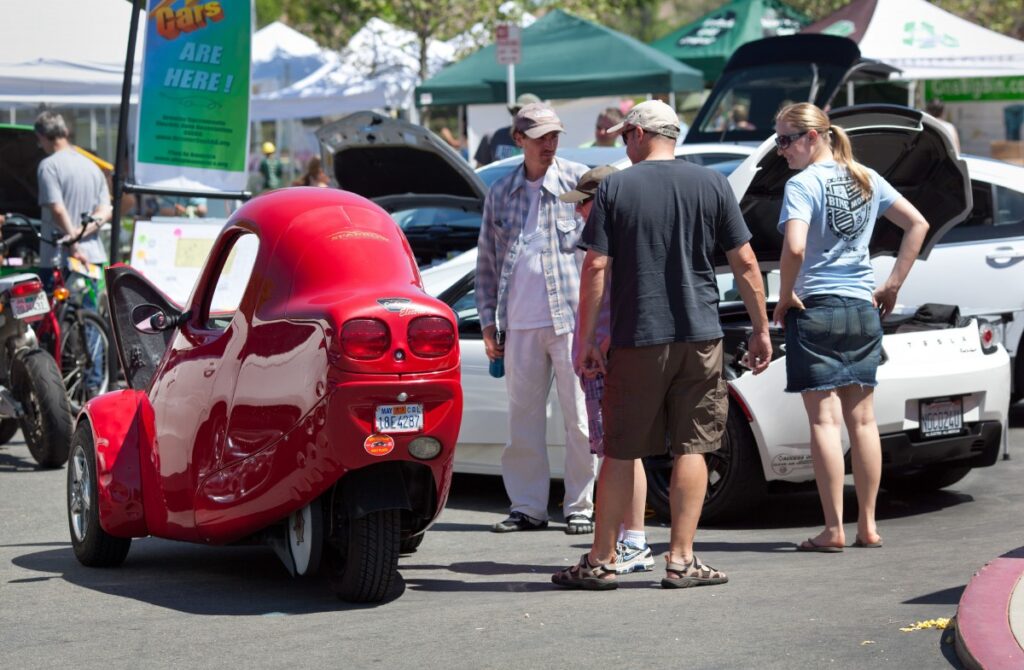
California set the gold standard in auto climate policy by mandating that every new car sold be zero-emission by 2035—an effort to slash passenger-vehicle greenhouse gases in half by 2040. This rule rolls out alongside the state’s larger goal of a 40% cut in carbon from 1990 levels by 2030 and hitting carbon neutrality by 2045. Yet the plan’s as juicy as a juicer contract: big automakers like GM are warning about sticker-shock and the feasibility of retooling factories so fast.
In fact, as noted by the AP News, there’s a heated battle in Washington over whether California can effectively set de-facto national standards under the Clean Air Act—Senators argue this oversteps state authority. If Congress passes legislation to block it, California could find its mandate throttled. On the ground, critics in rural areas fret about charger deserts, and some lawmakers say the state’s ignoring the practical realities of range limitations and grid upgrades. In short, California’s visionary policy might hit a political pothole before it ever reaches the charger.
2. New York
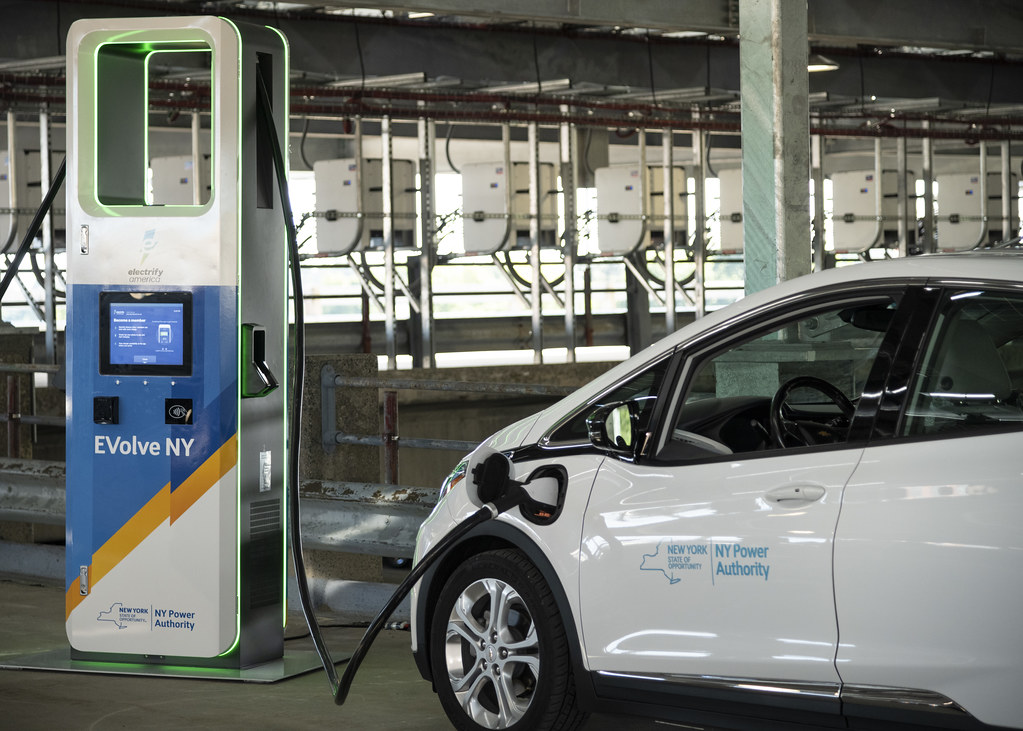
New York jumped into the EV race with its own 2035 ban on gas-powered car sales, signed off by Governor Hochul to mirror California’s ambition. The law also calls for a network of affordable charging points and incentives to help lower-income drivers make the switch—because nobody wants an EV if the nearest charger is a five-hour drive away.
But per Axios, the Empire State’s biggest hurdle is infrastructure: unlike the flat expanses of SoCal, upstate New York’s hills and harsh winters demand more robust charging solutions. Politicians are debating bill proposals to funnel billions into grid modernization and fast-charging corridors, yet opponents say that’s just EV window-dressing when rural areas still lack even basic service.
3. Massachusetts
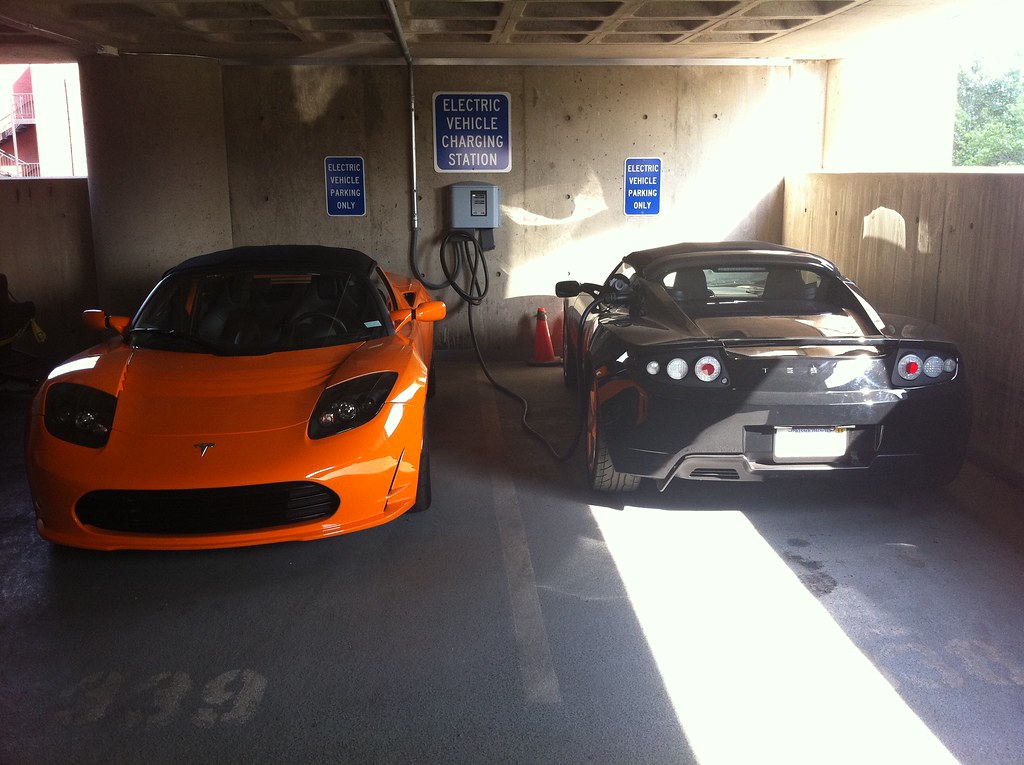
The Bay State pledged to kill off new gas-vehicle sales by 2035 under its adoption of California’s Advanced Clean Cars Program. It even set a mid-decade checkpoint: by 2026, 35% of all new vehicles must be zero-emission. This is part of Massachusetts’ grand plan to whittle down its carbon by 80% by 2050—yes, really ambitious.
In an analysis by Reuters, skeptics in Massachusetts point out that the Bay State’s notoriously old power grid creaks under the weight of winking streetlights—so imagining it charging millions of EVs seems like putting Jenga blocks on a shaky table. Yet supporters argue that pairing the mandate with a clean-energy transition (think offshore wind farms out by Cape Cod) will grease the skids for a smoother EV rollout. Either way, the drama unfolding between Beacon Hill and the Department of Public Utilities will shape whether this plan stalls or soars.
4. Washington
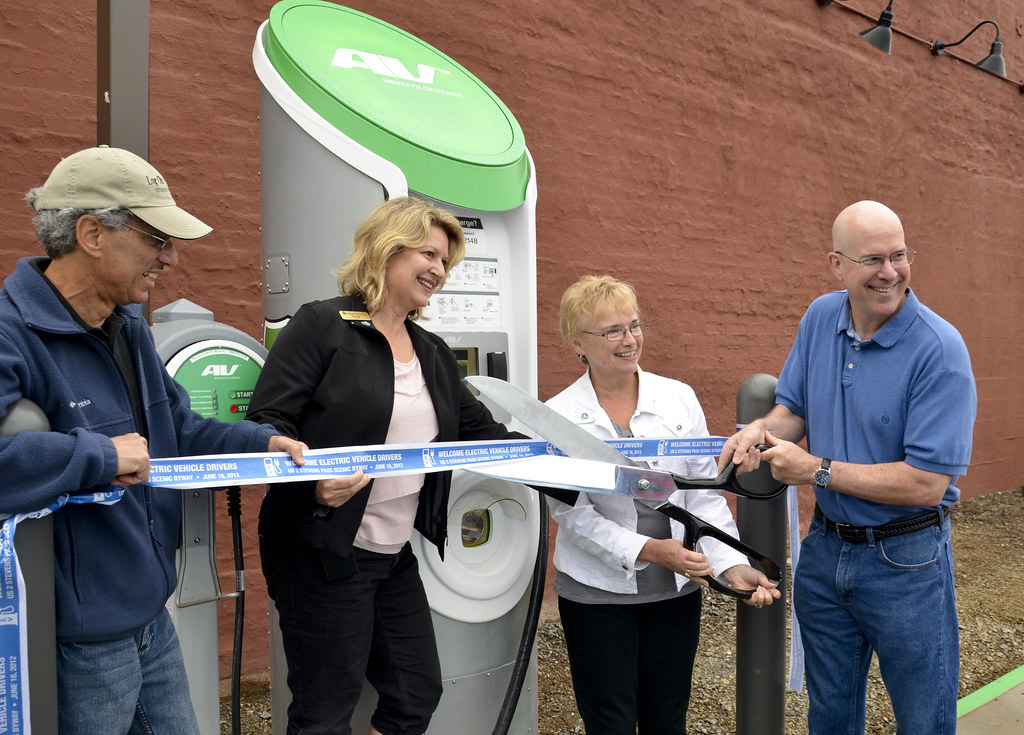
Thanks to a 2020 law, Washington simply piggybacks on California’s vehicle-emissions standards—including the 2035 gas-ban date. Governor Inslee’s office loves to tout it as a win for the Pacific Northwest’s green cred and rainy-day self-reliance in clean transportation.
A recent Forbes report highlights that rural counties east of the Cascades are crying foul: without reliable fast chargers, many residents see this as an urban mandate foisted on them. Meanwhile, Seattle-area officials are scrambling to install chargers at workplaces, parks and retail lots—but each station costs upward of $50,000, and local utilities warn about the strain on already taxed transformers. So while Washington talks a big game on paper, the mountain passes ahead look mighty steep.
5. Oregon
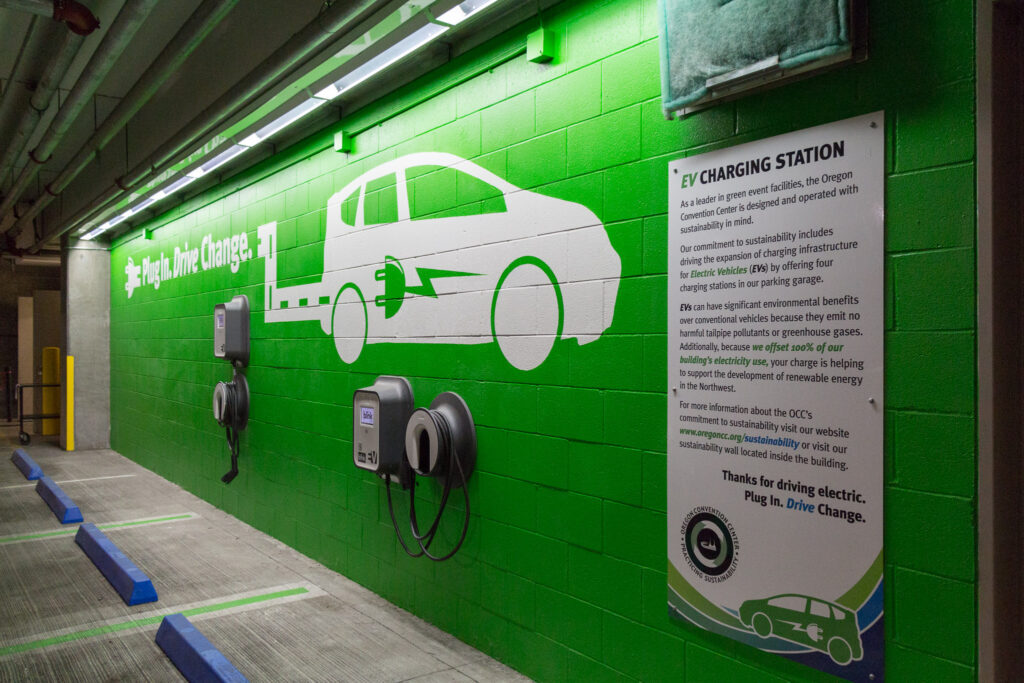
Oregon’s Environmental Quality Commission officially signed on to the Clean Cars II rules, aiming to nix new gas- and diesel-engine light vehicles by 2035. This aligns the Beaver State with its two West Coast neighbors, promising to cut emissions and boost EV adoption.
Yet, according to Car and Driver, rural towns in Eastern Oregon are pushing back, citing long distances between chargers and patchy cell service for navigation apps. Farmers and ranchers worry: what happens if your EV conks out in the high desert? Lawmakers are debating whether to carve out exemptions for agricultural vehicles, while urban areas like Portland prepare for a charger-installation boom. So Oregon’s plan may still get stuck in a sandstorm before it ever leaves the lot.
6. Colorado
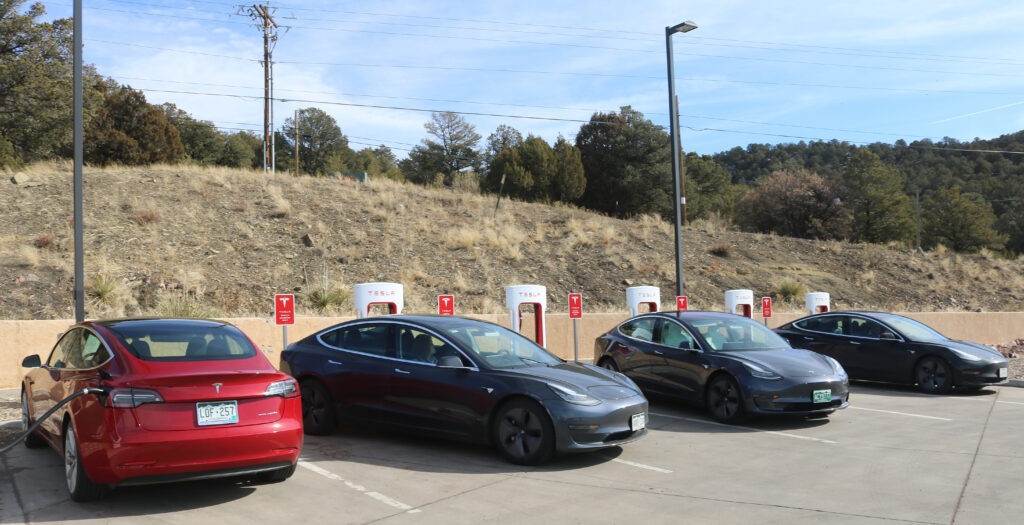
Colorado has echoed California by adopting its low-emission vehicle benchmarks and is now flirting with the Advanced Clean Cars II program’s 2035 deadline. The Centennial State’s mix of sticky-green Denver suburbs and sprawling ski-town sprawl makes for a compelling EV market—provided charging infrastructure keeps pace.
On the legislative front, Colorado’s Air Quality Control Commission maps out incentives and utility rebates to defray setup costs. Yet the real test lies in mountain corridors: can rapid-charge stations withstand sub-zero temps and heavy snowfall? Local advocates reckon that pairing these mandates with solar-and-storage microgrids at key passes will be vital. Otherwise, drivers might stick to their combustion engines like coals to a barbecue.
7. Minnesota
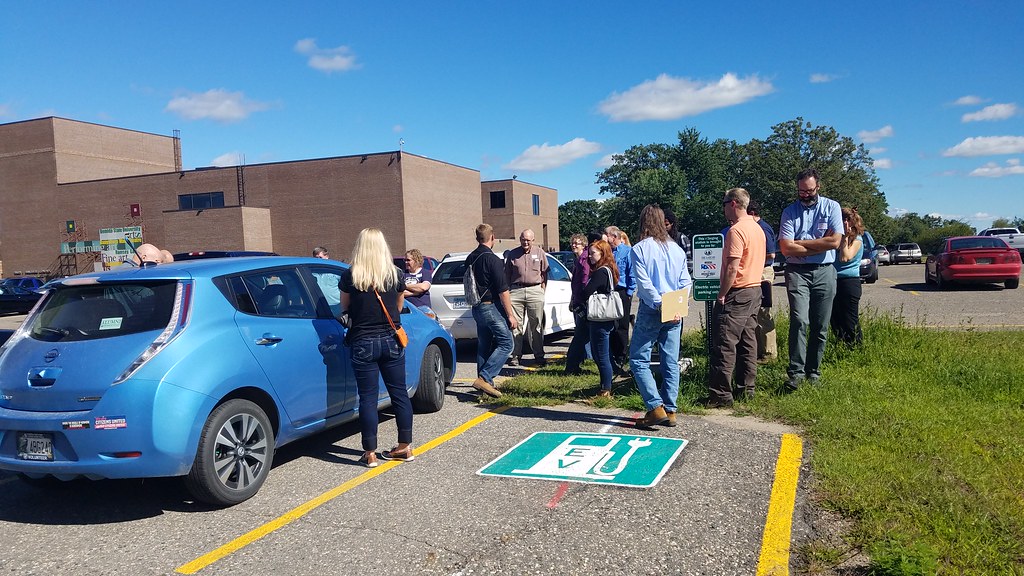
Minnesota also opted into California’s low-emission vehicle standards and is eyeing the same 2035 phase-out timeline. From Twin Cities traffic to lake-country highways, state officials tout this move as critical to trimming the Land of 10,000 Lakes’ carbon footprint.
That said, Minnesotans know winter—and lots of it. Critics point out that EV battery performance plummets in sub-zero weather, and charging stations need heated enclosures to stay functional. State legislators are hashing out proposals to fund “EV warming stations” akin to heated bus shelters, while utilities mull higher rate plans to manage increased load during cold snaps. If these solutions catch on, Minnesota’s mandate could glide smoothly; if not, drivers may just keep cranking their block-heater plugins instead.
8. New Jersey
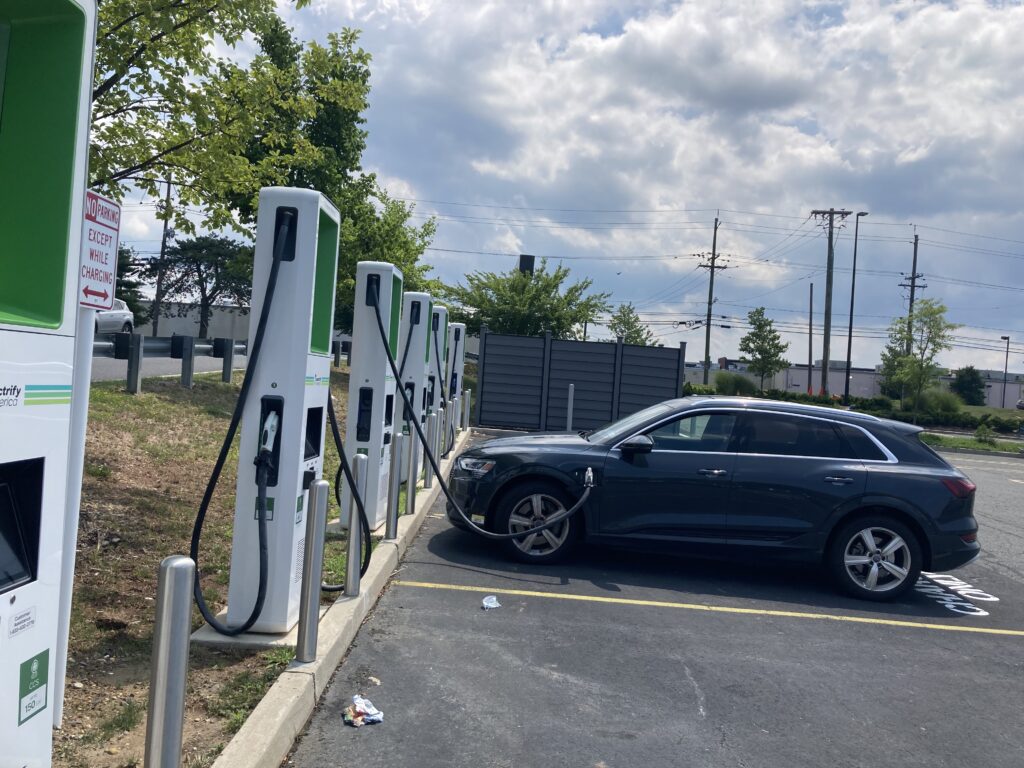
New Jersey adopted California’s vehicle emissions rules, including the 2035 cutoff for new gas cars. The Garden State is banking on its dense population and short driving distances to make EV adoption feel as easy as hopping on the Turnpike—once chargers are everywhere, that is.
The kicker? Critics in South Jersey argue that urban centers like Newark get all the EV love, while shore-town communities lag way behind on charger installs. Lawmakers are now considering a “fair-share” formula that would force utilities to spread charging infrastructure investments more evenly. If passed, your summer road trip to Atlantic City might finally include an EV pit stop; if not, EV drivers could find themselves stranded between diners and dunes.
9. Connecticut
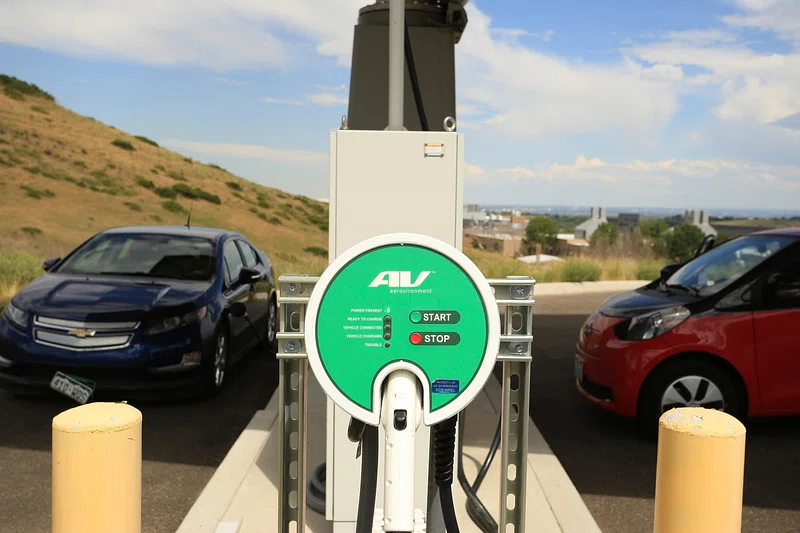
Connecticut, ever keen to follow environmental fashions, signed on to California’s emissions standards and the 2035 phase-out of gas cars. The Nutmeg State’s mix of suburban sprawl and quaint colonial towns seems ripe for electrification—provided the finance folks make EVs affordable.
Right now, Connecticut offers rebates up to $3,000 on new EVs and has a pilot program for home charger grants. But some rural areas still don’t have a single DC fast charger, and mixed-income communities fret about unequal access. State energy officials are exploring public-private partnerships to deploy chargers at malls and town halls, hoping to keep the mandate on track rather than hitting a revenue pothole.
10. Maryland
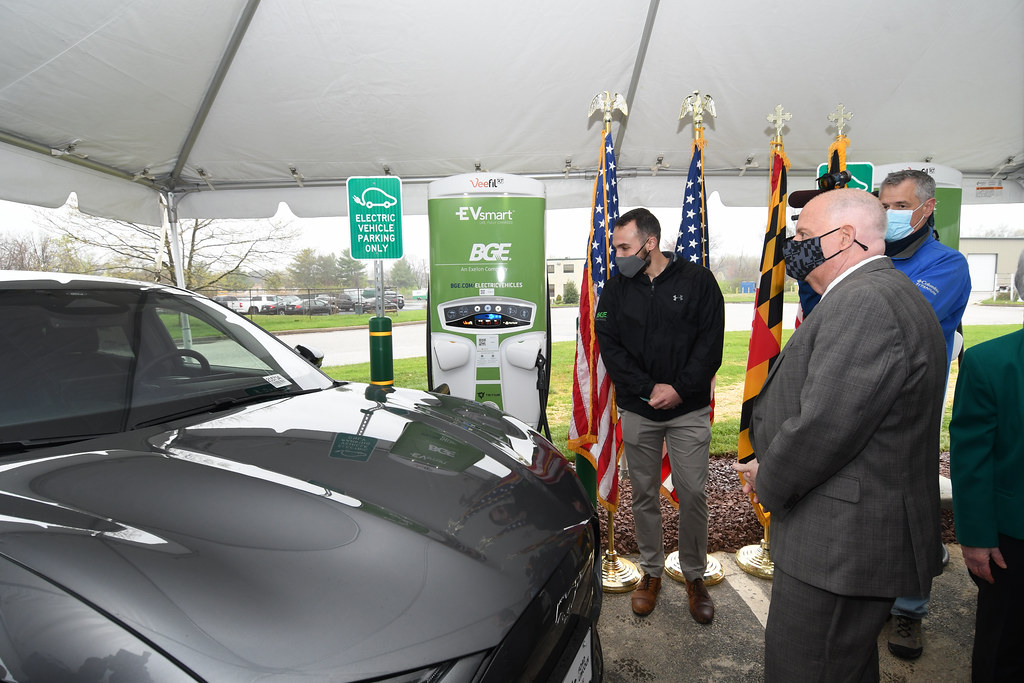
Maryland hopped onto California’s tailpipe-emissions train and endorsed a 2035 new-car gas ban. With its DMV-region traffic and Baltimore’s busy port, the Old Line State argues that cutting tailpipe emissions is crucial to smog reduction and public health.
However, critics in Western Maryland say the mandate overlooks hilly terrain and lower population density, which makes charger deployment cost-prohibitive. In Annapolis, legislators are debating a carve-out for counties with fewer than 50,000 residents, yet health advocates warn that any exemptions weaken the overall emissions goal. The next session will be telling: will Maryland stay the course, or pump the brakes for rural riders?
11. Rhode Island
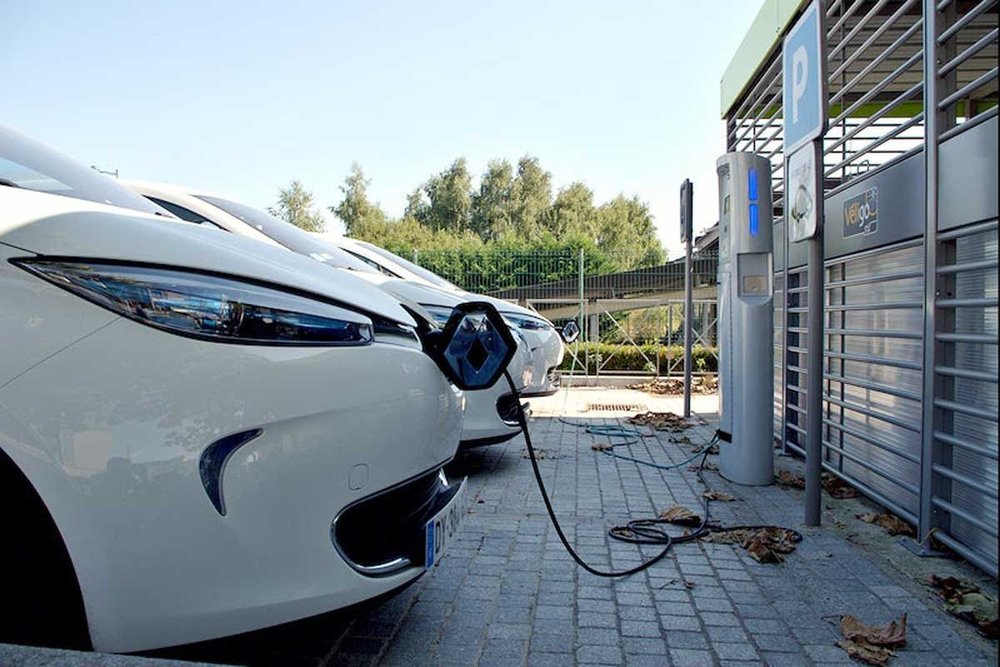
Tiny Rhode Island signed onto California’s vehicle-emissions standards too, pledging to stop selling new gas cars by 2035. The Ocean State’s compact geography—plus proximity to major urban markets—makes it an attractive pilot for EV ubiquity.
Still, some coastal communities worry about flooding at shoreline charging stations and want guarantees on salt-water corrosion protection. Officials in Providence are working with engineers to design robust, weather-resistant infrastructure, but funding remains the thorn. If Rhode Island nails this, it could become a miniature charging-corridor model for the Northeast; if not, even the smallest state might stall on its EV ambitions.
12. Vermont
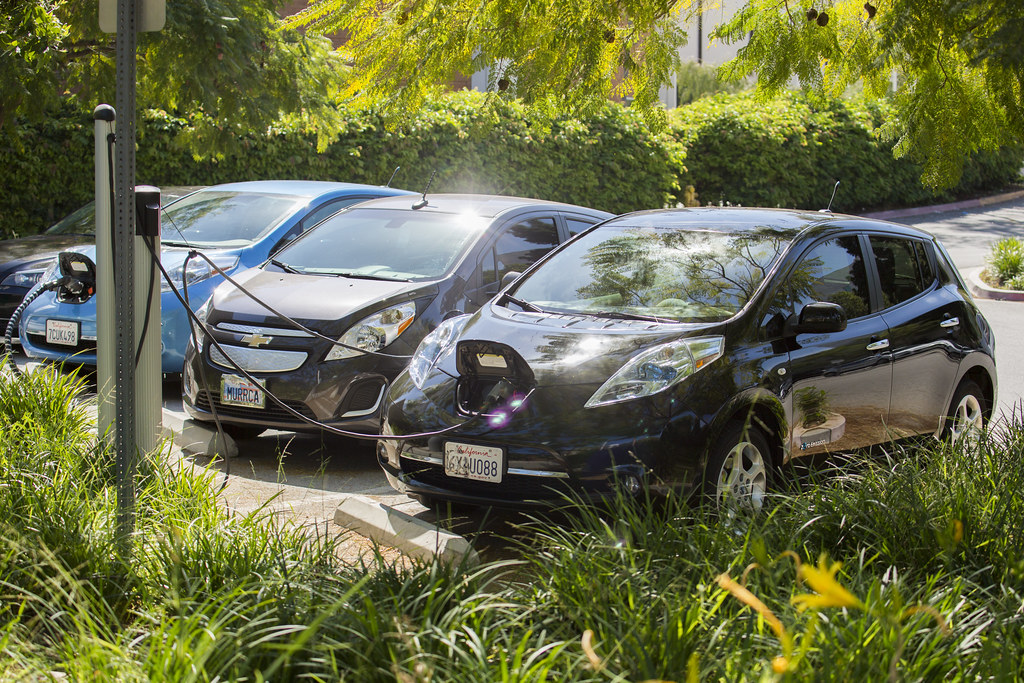
Last but definitely not least, Vermont adopted California’s standards and has its sights set on banning new gas cars in 2035. The Green Mountain State imagines a future where EVs hum past sugar-shack tours and maple syrup festivals—emitting nothing but good vibes.
However, rural Vermonters worry about reliability when winter roads are slick, and DC chargers freeze up. Lawmakers are discussing mobile charging units that can be dispatched like snowplows, and utilities are testing battery-backed microgrid chargers to ride out outages. Whether these creative fixes keep Vermont’s mandate humming along or leave it stuck in neutral remains to be seen.
This article is for informational purposes only and should not be construed as financial advice. Consult a financial professional before making investment or other financial decisions. The author and publisher make no warranties of any kind.





